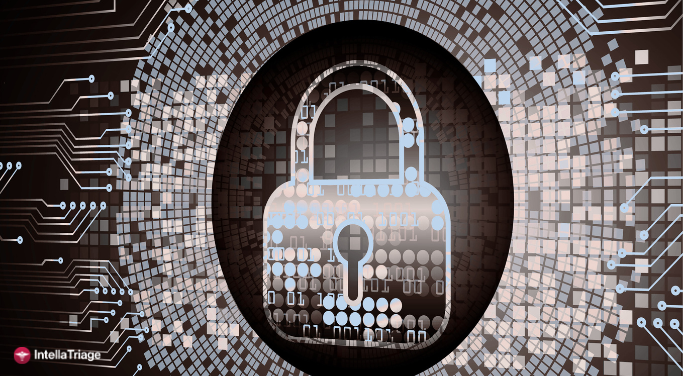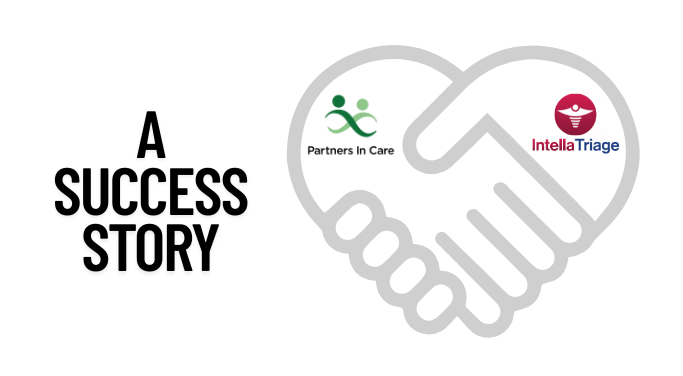How does your hospice or home health organization approach after-hours? Optimization of your after-hours strategy can result in improvements across multiple facets of your organization.
As the nation’s leading provider of after-hours nurse triage for hospice and home health organizations, we have insights from hundreds of thousands of call metrics that can help you better understand your after-hours strategy. Check against these benchmarks to help you determine whether your after-hours program measures up.
What’s the Goal of Your After-hours Triage Strategy?
Interviews with past, existing, and potential customers revealed four primary factors that influence the decision-making process for the after-hours care model. On average, wait time was the most critical factor: 92% of current or previous customers ranked wait time as the most important factor. Employee satisfaction was the primary reason agencies switched from field nurse staffing to another model. Reviewing the benchmarks below, remember what’s most important for your agency. Is it wait time? Patient satisfaction? Nurse satisfaction? Having your goal in mind can help you prioritize which metric is most important to your organization.
After-hours Triage Strategy Benchmarks
Organization Size and Mix
As they grow, hospice and home health organizations experience an increase in after-hours calls in proportion to their growth. On average, these agencies can expect 65-75% of their daily census in call volume. There comes a time when this volume hits a tipping point, and internal staff becomes overburdened by the increase in calls. At that point, we begin to see an increase in administrative burden, nurse burnout, and a decrease in patient satisfaction. What is that point for your agency? Take a look at your staff-patient ratio and how close you are to the threshold of needing another nurse to support the volume.
Speed to Nurse
Every second counts when a loved one is in need. The quicker your patient can access a nurse, the better your patient experience. CAHPS scores and quality ratings include questions surrounding timeliness of care and communication, so consider this for after-hours strategies. Spend some time examining how quickly your patients can connect to nurses. If you use an answering service, what is the wait time between when someone answers the phone and when your nurse returns the call?
- Non-clinical answering service: Industry benchmark – 32-33 minutes to reach a nurse.
- Outsourced Triage Service: Industry-wide, for outsourced triage, the benchmark is under 60 seconds. On average, patients calling IntellaTriage after hours connect with a nurse in 37 seconds.
Speed to Visit
How quickly can your nurse reach the patient after it is determined that a visit needs to be made? Are you splitting resources between nurses and removing one from the field so they can answer calls? Who will be taking calls now that a nurse is in the home?
- Upwards of two hours. Speed to visit changes drastically according to geographic region, but home visits can occur 2 hours or more after the patient first contacts the nurse, further cementing the importance of speedy access to a triage nurse as quickly as possible.
First Call Resolution
Resolution rates differ for hospice and home health; our database can track those accordingly. Using benchmarks of increasing year-over-year call volume (over 650,000 in 2025), we recommend you measure your after-hours resolution based on the following:
- Hospice: The nature of hospice dictates that triage nurses can resolve approximately 54% of all calls answered after hours. Some calls, such as a death call, must be escalated to the provider nurse. The calls that, according to agency protocols, do not require escalation are what we refer to as triage-addressable calls. IntellaTriage nurses resolve 75% of triage-addressable calls on the first call.
- Home health: In home health, the CoPs have different parameters, and patients have different acuity levels. Remote triage nurses can resolve up to 100% of after-hours calls. Recent reporting from a large multi-site home health client showed improved patient outcomes across all measures and no change in hospitalization rates with 100% remote after-hours triage.
Biggest Nursing Dissatisfiers
After compensation, the most significant nursing dissatisfiers are staff shortages, stress, and burnout. Stress (39%) and burnout (35%) were cited by nurses as leading drivers of job dissatisfaction among employed nurses, although insufficient staff to meet demand (53%) surged to become the leading frustration point. Much of the burden can be sourced at three frustration points:
- Charting – Home health nurses may spend 30-50% of their time documenting.
- Caseload – Reduced retention and staffing levels due to burnout and the nationwide staffing shortage increase nurse caseloads.
- Being on-call after-hours – After-hours calls can another be a significant stressor for on-call nurses. Hospice nurses especially report feeling stretched between in-person care and phone answering, resulting in the fear that neither has been provided their undivided attention. Being on-call also has physiological consequences, leading to increased burnout and decreased engagement. One study found that being on-call was associated with reduced energy levels, mood, and calmness.
RN turnover with after-hours team
Closely related to employee dissatisfiers, nurses experiencing burnout can have difficulty providing the same level of high-quality care, leading to lower patient satisfaction. Frequently being on-call can make it harder for nurses to recover and be their best selves in the field. Workload and administrative demands contributed more to hospice worker burnout than witnessing dying and death. Workload and staffing ratios are among the top 10 reasons nurses leave organizations. Be aware that burnout can be cyclical: burnout leads to staff shortages, and staff shortages lead to burnout.
- More than one-third (34%) of nurses say it’s very likely that they will leave their roles by the end of 2022, and 44% cited burnout and a high-stress environment as the reason for their desire to leave, according to a survey last year by technology-based nursing hiring platform Incredible Health.
- A recent benchmarking report from HCP reported that turnover rates did, in fact, soar in 2022 to 77.1%, up over ten percentage points from 2021.
Regarding the last two points, it’s important to understand how your staff is feeling. Take the temperature of your clinical staff: how are they faring, and what is the potential for turnover in the next year or two? Begin troubleshooting ways to alleviate some of the dissatisfiers you can control, such as reducing or eliminating after-hours calls.
Now that you have these top six indicators of the health of your after-hours strategy, we’d love to know: How does your agency measure up?
External Triage as a Nurse Staffing Solution
In addition to attracting and retaining top nursing talent, outsourcing triage can be viewed as a nurse staffing solution. It can help reduce burnout by alleviating much of the staffing shortage cycle. With nurse-first triage, triage nurses become field nurses’ first line of defense. Nurses report feeling less overwhelmed by phone calls while trying to care for patients and performing all the other duties they face during their workday. Professional triage nurses address many of your organization’s after-hours patient calls, resulting in:
- Increased rest and recovery between shifts.
- Reduced extended hours for the organization’s nursing staff and an improved workload.
- Relieved burnout-associated symptoms such as fatigue and reduced enthusiasm.
At IntellaTriage, we reduce nurse burnout and staff turnover, improve patient satisfaction, and boost your bottom line. You save on the cost of staffing your nurses for an internal call center and the time and effort needed to recruit, hire, manage, and operate that service. We also capture all referrals quickly, increasing your topline revenue and your patient’s healthcare outcomes.
Contact us today to learn more about IntellaTriage’s revolutionary approach to nurse triage service.
Contact Us for a Consultation
Ready to optimize your triage process? Reach out to us today for a consultation tailored to your needs. Let’s elevate your patient care together.
More From The Blog
Survey Says… Partnering With IntellaTriage Makes for Happy Nurses In today’s competitive healthcare landscape, becoming the employer of choice is a strategic advantage. And if you’re in hospice or home health, your clinicians aren’t just looking for better pay. They’re looking for better balance. According to a recent survey of IntellaTriage clients, 96% say our [...]
Recent data breaches are once again highlighting the urgency of securing protected health information (PHI). In March 2025, Yale New Haven Health System disclosed that an unauthorized third party accessed the personal data of nearly 5.6 million patients. Around the same time, Kentucky’s Cumberland County Hospital suffered a breach affecting more than 36,000 individuals, including [...]
Partners In Care - A Success Story. Partners In Care is a 5-star nonprofit provider of hospice, palliative, and home health services in Oregon. When they decided to reevaluate their after-hours care model, the goal was clear: prioritize patient care while supporting the nurses who make it all possible. Their home health and hospice nurses [...]









